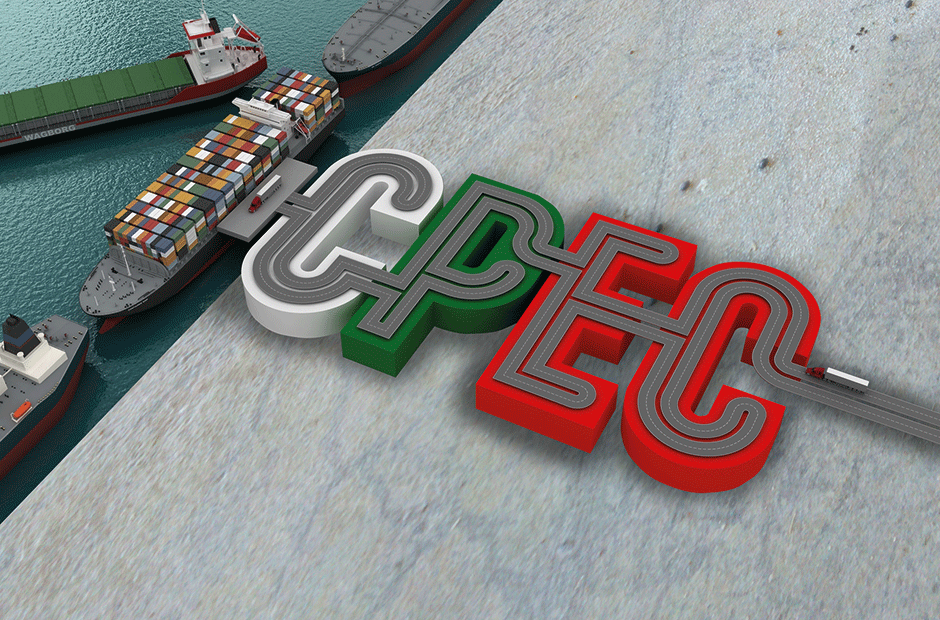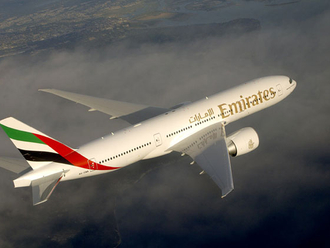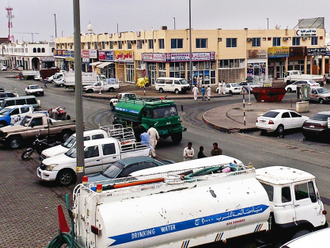The $75-billion (Dh275 billion) China-Pakistan Economic Corridor (CPEC) is not only a game changer for the region but a fate changer for Pakistanis, said Ahsan Iqbal, Federal Minister for Planning, Development and Reforms, in a recent statement.
The analysts are calling CPEC a major milestone as they foresee the Chinese investment in the project making Pakistan the next Asian Tiger.
CPEC, believed to be China’s biggest ever overseas investment, will see a 3,218km route consisting of highways, railways and pipelines that will connect Pakistan’s Gwadar Port to Xinjiang province of China by 2030.
The project costs $75 billion, of which more than $46 billion is being invested by China and the rest raised through other associated sources.
The agreement on CPEC was signed on July 5, 2013, between the governments of China and Pakistan on the occasion of Prime Minister Nawaz Sharif’s first foreign visit after assuming power. Within a year the deal was turned into an understanding on a portfolio of Chinese investment of $46 billion in various projects.
Within a short span of three years, projects worth $18 billion have been actualised, said Iqbal, whose ministry is overseeing the mega projects along the CPEC.
Moreover, investment projects worth $17 billion are in the pipeline with completing formalities to be launched within a year or so. “This is a remarkable story of devotion, commitment and hard work of Pakistani and Chinese colleagues who are involved in the CPEC,” the minister said.
According to the ministry, the CPEC is going to serve as a gateway for trade not only for China and Pakistan but for the region as a whole. Better connectivity will improve trade between Pakistan, China, Iran, Afghanistan and the Central Asian Republic countries.
Iqbal said that no country in the region should feel threatened by the CPEC as everyone in the region would benefit from it due to enhanced economic activity and trade.
Pakistan envisages the CPEC as a peace-enabler because when connectivity and trade increases between countries, they tend to avoid conflict. Thus it is not a hyperbole to regard the CPEC as a game changer for Pakistan and south Asia.
As part of the CPEC project, the transport route is going to connect Kashgar (in China) to Gwadar Port via three alignments, western, central and eastern, passing through all of Pakistan’s provinces. The rail network will be upgraded and modernised with Peshawar-Karachi rail track in the first phase, with train speeds increasing from 80kph to 160kph. The rail network will be expanded towards Gwadar, with Quetta to be linked with Peshawar.
All infrastructure projects are on concessional terms with the Chinese government proposing a panel of three reputed firms, with the lowest bidder getting the contract.
On the energy front, more than $35 billion is allocated to independent power producers. These private sector investments come under Pakistan’s energy policy, which is open for all. These projects would not only reduce the country’s energy deficit but is also going to bring down the cost of generation with cheaper power.
Gwadar is a gateway for the CPEC. Changing rapidly, it is going to be one of the most robust cities of Pakistan in the future. A new port, airport, expressway, technical college, hospital, university, city infrastructure and water projects are some of the concrete changes Gwadar has planned. Economic activity has already accelerated multifold.
These infrastructure and energy sector projects are government-led initiatives. However, when it comes to industrial cooperation between the two countries, both recognise the important role of private business initiatives.
Through CPEC, Pakistan’s Vision 2025 aims to reposition the country from a lower middle income state to high middle income country by achieving the target per capita GDP of $4,200.
Through this mega project, Pakistan is expected to become the hub of business and trade in Asia, and Western China will penetrate Asian and European markets. It will cater to the needs of all federating units of Pakistan through a proper rail and road network and multiple projects on energy within the next three years.
CPEC is a comprehensive package of cooperative initiatives and projects, which covers key areas including connectivity, information network infrastructure, energy cooperation, industries and industrial parks, agricultural development, poverty alleviation, tourism, financial cooperation as well as livelihood improvement including municipal infrastructure, education, public health and people-to-people communication.
For China, CPEC is part of the wider One Belt, One Road strategy to develop the country’s western region and link the Silk Route Economic Belt to the 21st-century Maritime Silk Route. The corridor projects initially envisage a $34 billion investment in the energy sector and around $11 billion for the infrastructure sector. Since the launch of the project last year, the groundwork is progressing at a rapid pace with 17 projects costing around $16 billion are either completed or are nearing completion.
Iqbal said the CPEC project is reshaping the geo-economic scenario, but he added, “We will have to exert extraordinary efforts for extraordinary results.”
CPEC is also attracting foreign and local investors in the fields of high-capacity industrial units, factory–market road transportation and distribution services, rail-supported bulk transit of goods, dry ports along the CPEC routes, and storage facilities for transit food and goods.








